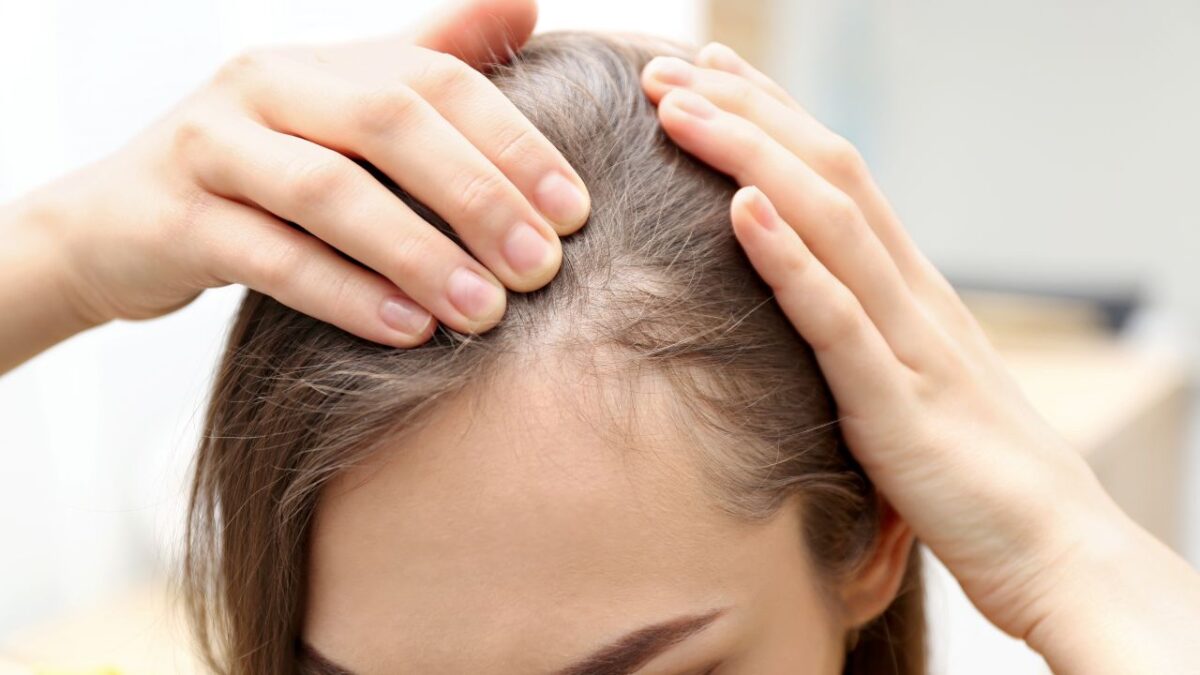Losing Your Locks? Why Hair Loss in Women is More Common Than You Think—and What You Can Do About It

Did you know that by age 40, 40% of women will experience noticeable hair loss? It’s a surprising statistic, yet the topic is still treated like a dirty little secret. Here’s the thing: hair loss doesn’t wait for middle age. It can creep in as early as your late teens or 20s, adding to the stress of everything from first jobs to family planning.
The good news? You’re not alone, and you’ve got options. Let’s dive into the most common causes, lifestyle tweaks that work wonders, and treatments that bring your strands back to life.
Why Is My Hair Falling Out?
Hair loss in women is usually driven by a mix of hormonal, nutritional, and lifestyle factors. Here are the usual suspects:
- Hormonal Changes: The hormonal rollercoaster of perimenopause—less estrogen, more male hormones—can thin out your locks.
- Thyroid Disorders: Women are more prone to thyroid conditions, which can throw your hair follicles into hibernation.
- Stress: Chronic stress triggers hormone imbalances and reduces the building blocks your follicles need to thrive.
- Nutritional Deficiencies: Low levels of iron, vitamin B12, or vitamin D are red flags, especially for women following restrictive diets or living in areas with limited sunlight.
Small Lifestyle Changes, Big Hair Gains
Good news: tweaking a few habits can make a real difference in your hair’s health.
- De-Stress Your Routine: Yoga, meditation, or even a brisk walk can do wonders for reducing cortisol, the stress hormone that loves to mess with your hairline.
- Prioritize Sleep: Aim for 7-9 hours a night. Your body uses that downtime to repair and grow—including your hair follicles!
- Eat for Your Hair: Make sure your diet includes iron-rich foods (think spinach and beans), vitamin B12 (hello, eggs and salmon), and vitamin D (a supplement may be your best bet).
Treatments That Work (And Ones Worth a Try)
When lifestyle changes aren’t enough, over-the-counter solutions and professional treatments can help you regain control.
DIY Solutions:
- Minoxidil: It’s the only FDA-approved treatment for female hair loss. Start with the 5% formula and apply it directly to your scalp.
Professional Interventions:
- Platelet-Rich Plasma (PRP): It sounds sci-fi, but PRP uses your blood’s platelets to stimulate growth.
- Microneedling: Tiny needles help create healing factors in the scalp, waking up lazy follicles.
- Red Light Therapy: Devices like Theradome helmets and laser caps give your hair follicles a mitochondrial boost (think: at-home sci-fi).
- Laser Therapy: Uses light and sound to stimulate follicle activity—safe, effective, and growing in popularity.
You’re Not Alone: Finding Support and Solutions
The most important thing to remember? Hair loss is common, manageable, and not something to be ashamed of. Dermatologists are your go-to pros for understanding what’s happening and which treatments are best for you.
If at-home options sound appealing, give a laser cap or helmet a try—they’re discreet and increasingly affordable. And don’t hesitate to ask your doctor about PRP or microneedling if you’re ready to step things up.
Takeaway
Losing your hair can feel isolating, but the reality is this: it’s normal and highly treatable. Whether you opt for lifestyle changes, topical treatments, or the latest tech, there’s a path to healthier, fuller hair that fits your needs.
So let’s stop whispering about women’s hair loss and start taking action!
